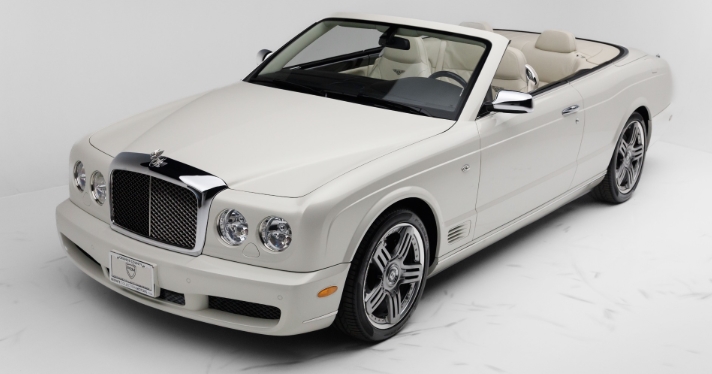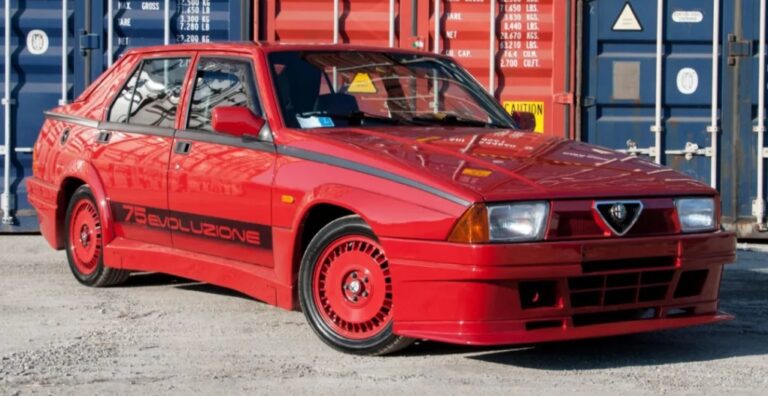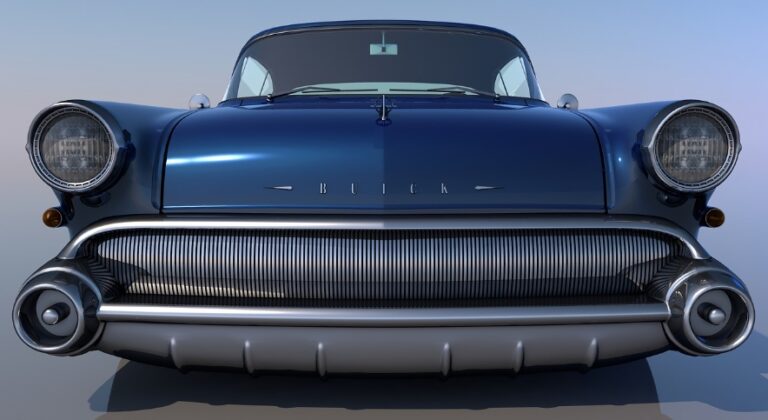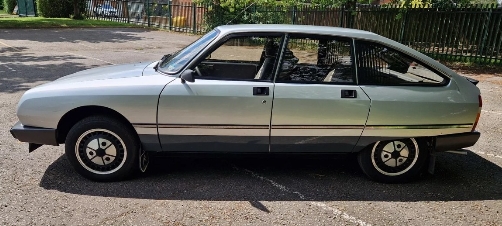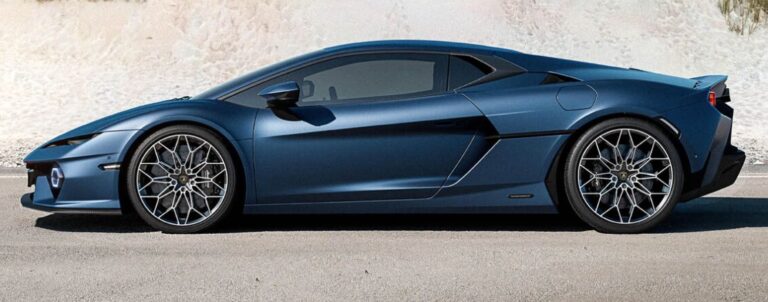The Evolution of the Lancia Flaminia
The Lancia Flaminia stands as a significant chapter in the history of Italian automotive engineering, representing a blend of innovation, luxury, and performance. Produced by the famed Italian automaker Lancia from 1957 to 1970, the Flaminia was a flagship model that showcased the brand’s dedication to craftsmanship, technological advancement, and elegant design. Over its 13-year production span, the Flaminia evolved through various models and trim levels, reflecting shifts in market demands, technological progress, and Lancia’s strategic direction. This detailed overview traces the development of the Flaminia, exploring its models, technical specifications, and the key features that defined each era.
Introduction and Background
Lancia, founded in 1906 in Italy, had established a reputation for engineering excellence, especially in the realms of racing and innovative vehicle design. The Flaminia, introduced as a successor to the Lancia Aurelia, aimed to elevate the brand’s prestige with a luxurious, technologically advanced sedan that combined refined performance with sophisticated styling. The name “Flaminia” references the ancient Roman road, emphasizing Italy’s rich heritage.
The Flaminia was developed during a period of rapid automotive innovation, and its design and engineering reflected contemporary trends while setting new standards in luxury and engineering. The model was produced in various configurations—sedans, coupes, and convertibles—each offering different levels of performance and luxury.
The First Generation (1957–1964): Launch and Initial Models
Introduction (1957)
Lancia introduced the Flaminia in 1957, unveiling a vehicle that combined modern design with advanced engineering. It was built on a new chassis, featuring a unibody construction—a departure from the body-on-frame design of many contemporaries—contributing to improved rigidity and handling. The initial model was the Lancia Flaminia Berlina (sedan), with a focus on luxury and comfort.
Powertrain and Technical Details
The first-generation Flaminia was equipped with a 2.5-liter V6 engine, designed by Lancia’s engineer, Giuseppe Busso. This engine was notable for its compact design, dual overhead camshafts, and hemispherical combustion chambers, making it one of the most advanced engines of its time. It produced approximately 106 horsepower, which allowed for impressive performance given the vehicle’s size.
The car featured independent suspension on all four wheels, disc brakes on the front wheels (a pioneering feature in luxury sedans), and a 4-speed manual transmission, with an option for a 3-speed automatic gearbox in later models.
Models and Trim Levels
- Lancia Flaminia Berlina (1957–1964): The standard sedan, featuring a luxurious interior with fine upholstery, wood trim, and advanced instrumentation.
- Lancia Flaminia GT (Gran Turismo) (1957–1967): Introduced shortly after the sedan, the GT was a coupe version designed for sporty driving. It shared the same mechanical underpinnings but offered a more aerodynamic and stylish body. The GT was available in multiple versions, including the Lancia Flaminia GT 2.5 and later the Vignale-bodied versions.
- Lancia Flaminia Convertible (1959–1964): Known as the Lancia Flaminia Convertible or Spider, designed by Pininfarina, this open-top version offered additional elegance and was aimed at the luxury touring market.
Notable Features and Market Position
The early Flaminia models were distinguished by their sleek styling, advanced engineering, and luxurious appointments. They positioned Lancia as a maker of high-performance, sophisticated vehicles that could rival other European luxury brands like Mercedes-Benz and Jaguar.
The Second Generation (1964–1970): Model Variations and Technological Advancements
Mid-Cycle Refresh and New Models
In 1964, Lancia introduced a significant update to the Flaminia lineup, often considered a second-generation model, though it retained much of the original architecture. The refresh included styling updates, improved interiors, and mechanical refinements.
Technical Improvements
The engine was upgraded to a 2.8-liter version, increasing power output to about 130 horsepower, enhancing performance and highway cruising capabilities. The suspension and braking systems were also refined for better handling.
Expanded Range and Trim Levels
- Lancia Flaminia Berlina (1964–1970): The updated sedan retained its luxury focus but featured modernized styling cues, such as revised grille and tail lamps, along with an upgraded interior with improved instrumentation and comfort features.
- Lancia Flaminia GT Series II (1964–1970): The GT received a facelift with a more aggressive front grille, revised bodywork, and the availability of more powerful engine options, including a 2.8-liter V6. The GT was popular among enthusiasts for its sporty performance combined with refined luxury.
- Lancia Flaminia Convertible (1964–1970): The open-top variant continued to be produced, with design updates that kept it stylish and desirable. The Vignale-bodied convertibles often featured bespoke details and high-quality finishes.
- Lancia Flaminia Super Sport (1960s): A high-performance version of the GT, featuring a more powerful engine and sportier suspension tuning, aimed at those seeking spirited driving.
Special and Limited Editions
Lancia also produced limited-run models and special versions, often with bespoke coachwork by notable Italian carrozzieri such as Vignale, Pininfarina, and Zagato. These models catered to a niche market of collectors and connoisseurs.
Technical and Design Highlights
- Engine Evolution: The transition from the original 2.5-liter to the 2.8-liter V6 engines marked a significant technological progression, offering better performance and reliability.
- Suspension and Brakes: The Flaminia was among the first cars in its class to feature disc brakes on the front wheels, providing superior stopping power. Its independent suspension contributed to a smooth and stable ride.
- Body Styles: The Flaminia offered a variety of body styles—sedan, coupe, convertible, and even some bespoke coachwork—allowing it to appeal to a broad spectrum of customers.
- Luxury Features: Inside, the Flaminia boasted high-quality leather upholstery, wood veneers, advanced instrumentation, and optional features like air conditioning, power windows, and improved sound systems, reflecting its status as a luxury flagship.
.
MANY auto lovers not only spend time in their garages to tinker on their autos, but have other projects going on in there as well. Wood working is a popular pastime for the creative type of individual. Not sure what to make next? Or thinking about getting into this kind of hobby? There’s lots of possibilities… Here’s some of them…

.
End of Production and Legacy
The Lancia Flaminia was produced until 1970, with a total of approximately 18,000 units built across all models and variants. Its production spanned over a decade, during which it remained a symbol of Italian craftsmanship, engineering innovation, and luxury.
The Flaminia’s legacy endures among car collectors and enthusiasts who value its unique combination of style, performance, and technological sophistication. Its influence can be seen in subsequent Lancia models, and it remains a symbol of Italy’s post-war automotive renaissance.
Conclusion
The evolution of the Lancia Flaminia reflects a story of continuous innovation and dedication to excellence. From its debut in 1957 as an advanced luxury sedan and coupe to its refined and more powerful iterations in the 1960s, the Flaminia exemplified Italian design and engineering at its finest. Its range of models—from the elegant Berlina to the sporty GT and bespoke convertibles—demonstrates the versatility and craftsmanship that made it a true icon of its era. Today, the Flaminia remains a celebrated classic, cherished for its innovation, style, and the timeless allure of Italian automotive artistry.



